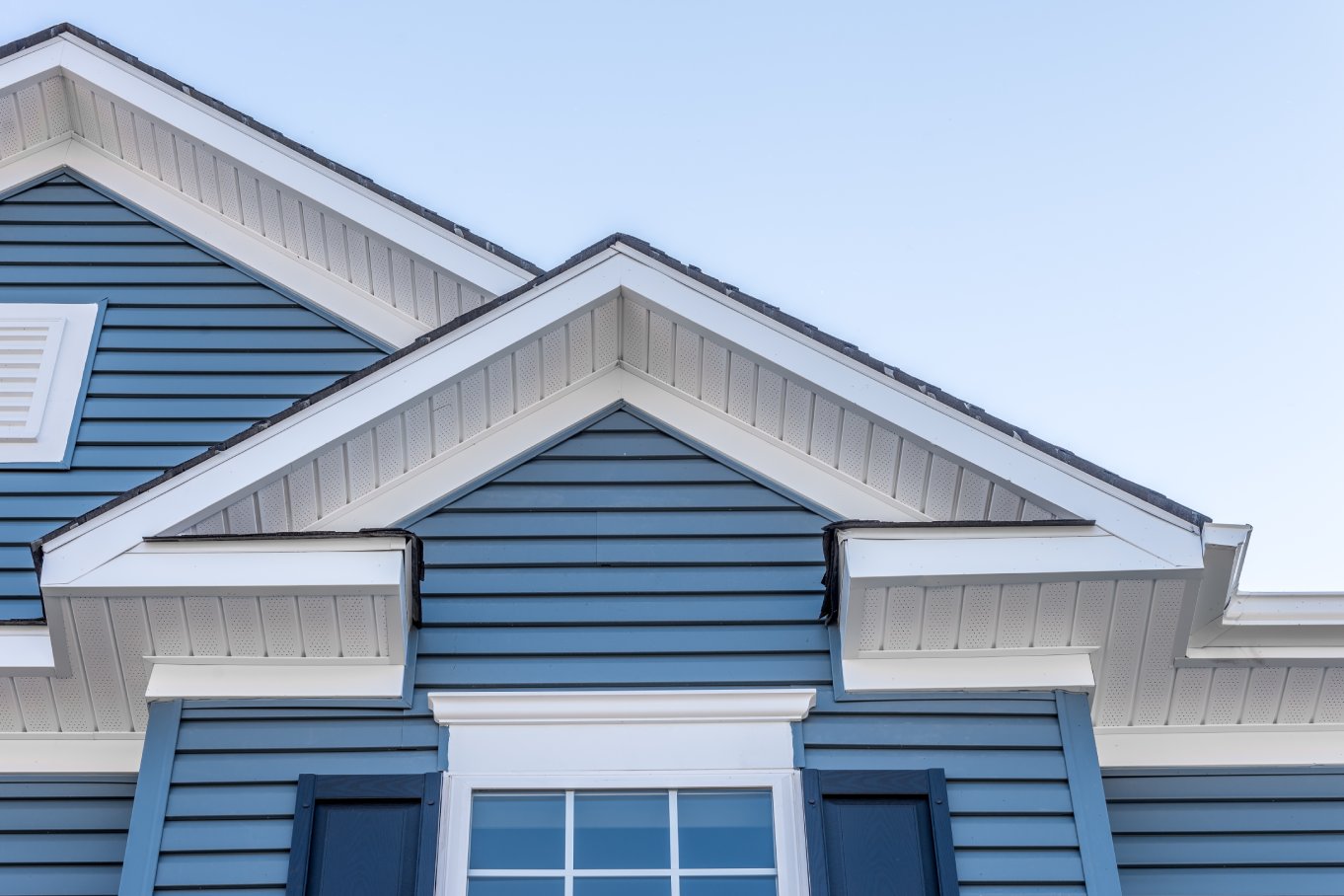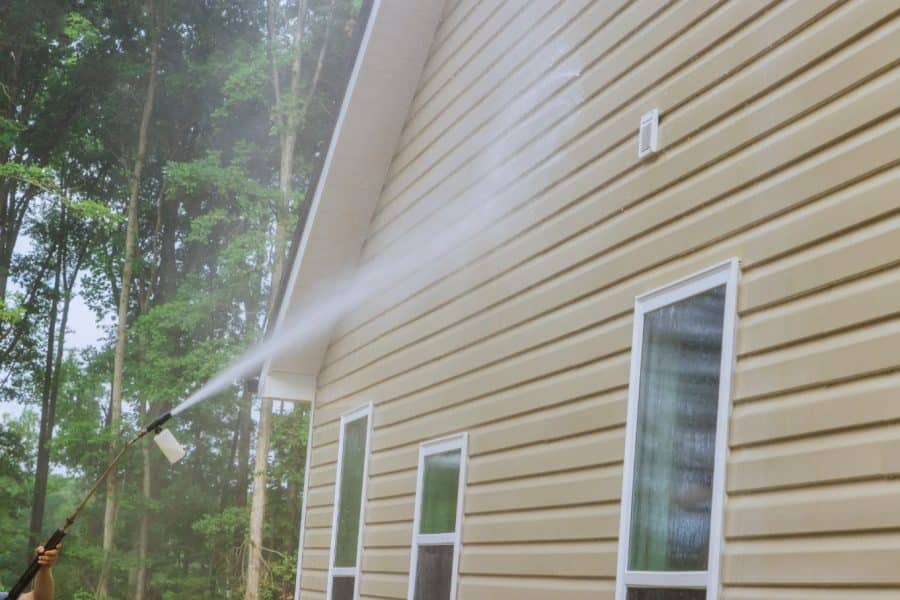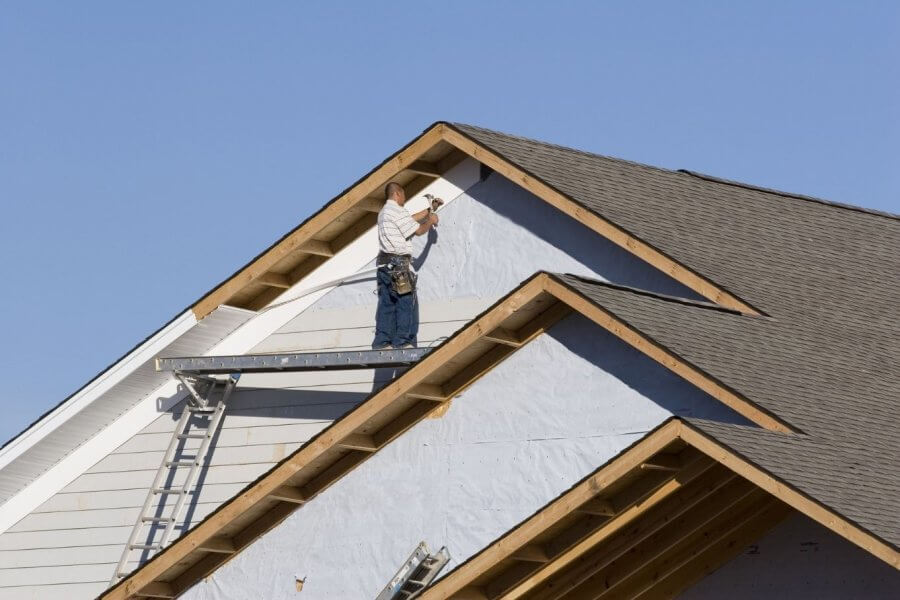When you choose siding for your home, you want a product that lasts. Understanding the key factors that affect home siding longevity, includingthe material you select and the climate you live in, will help you make a wise investment and keep your property looking its best. Taking the time to learn about these elements ensures you get the most value and protection from your home’s exterior.
Climate and Environmental Exposure
Where you live greatly impacts your siding’s lifespan. Homes in areas with harsh weather, such as heavy rain, snow, or intense sunlight, will see their siding wear down faster. Constant exposure to moisture can lead to rot and mold, especially with wood siding. Meanwhile, intense UV rays can cause vinyl or fiber cement siding to fade or become brittle over time. Choosing a siding material designed to withstand your local climate is essential for long-term durability.
Quality of Siding Material
The type of material you select is one of the most critical factors that affect home siding longevity. Different materials offer varying levels of durability and resistance to wear. Vinyl siding is an affordable, low-maintenance option, though extreme cold can cause cracking, and high heat may lead to warping. Wood siding offers a classic look, but it needs consistent staining and sealing to prevent rot and insect damage. Fiber cement is a durable choice, resisting rot, insects, and fire, yet it comes with a higher cost.
To further enhance durability and curb appeal, consider pairing siding with complementary materials. Adding brick accents, for instance, provides a classic, sturdy appearance and requires minimal maintenance over time. Combining siding with stone veneer adds a natural and timeless look while offering enhanced durability and weather resistance. These pairings improve the visual appeal of the exterior and reinforce its structure, making it more resilient against environmental elements.
Installation and Maintenance Quality
Installation quality is a crucial factor in maximizing the life of your siding. Properly installed siding prevents gaps and improper sealing, which would otherwise allow water to seep in and cause significant damage to your home’s structure. After installation, regular upkeep is necessary for maintaining your home’s exterior. This includes cleaning away dirt and mildew, checking for cracks after storms, and promptly repairing any damage. A well-installed and maintained siding system will protect your home for many years.
Make an Informed Decision
Selecting the right siding involves balancing appearance, budget, and durability. By considering your climate, choosing a high-quality material, and prioritizing proper installation and maintenance, you can extend the life of your siding.



